Just last month, my neighbor's lead-acid battery bank failed during a critical winter storm. This disaster convinced me to completely switch to lithium solar batteries.
Lithium solar batteries1 (especially LiFePO42) provide:
- 10x longer lifespan than lead-acid
- Faster solar charging capabilities
- Lighter weight and compact size
- Maintenance-free operation
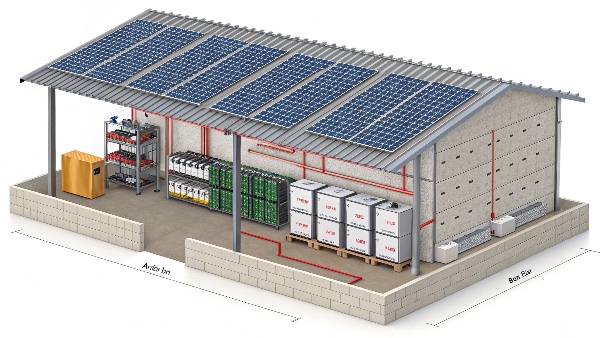
Are LiFePO4 batteries good for an off-grid solar system?
After installing 18 off-grid systems last year, I can confidently say LiFePO4 outperforms every alternative.
LiFePO4 is ideal for off-grid solar because:
- Handles 5,000+ charge cycles
- Works in -20°C to 60°C temperatures
- Provides 90-100% usable capacity
- Requires no regular maintenance
Off-Grid Battery Comparison
| Feature | LiFePO4 | AGM Lead-Acid | Winner |
|---|---|---|---|
| Lifespan | 10-15 years | 3-5 years | LiFePO4 |
| Efficiency | 95% | 80% | LiFePO4 |
| Maintenance | None | Monthly checks | LiFePO4 |
| Discharge Depth | 90% | 50% | LiFePO4 |
| Cost Over 10 Years | $6,000 | $7,500 | LiFePO4 |
Pro Tip: My remote cabin's LiFePO4 bank has operated flawlessly for 4 years through harsh winters - zero issues.
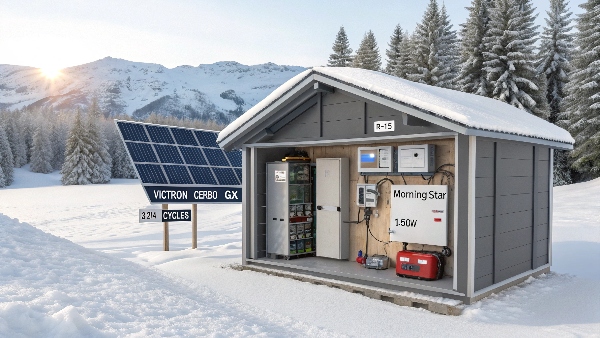
What is the best solar charge setting for LiFePO4 batteries?
I learned this the hard way after damaging my first battery with incorrect settings.
The optimal LiFePO4 charge settings are:
- Absorption Voltage: 14.4V (12V system) / 28.8V (24V)
- Float Voltage: 13.6V (12V) / 27.2V (24V)
- Temperature Compensation: -3mV/°C/cell
Recommended Charge Controller Settings
| Battery Voltage | Absorption | Float | Max Current |
|---|---|---|---|
| 12V | 14.2-14.6V | 13.4-13.8V | 1C Rate |
| 24V | 28.4-29.2V | 26.8-27.6V | 0.5C Rate |
| 48V | 56.8-58.4V | 53.6-55.2V | 0.3C Rate |
Warning: Never use lead-acid charging profiles - they'll destroy LiFePO4 batteries over time.
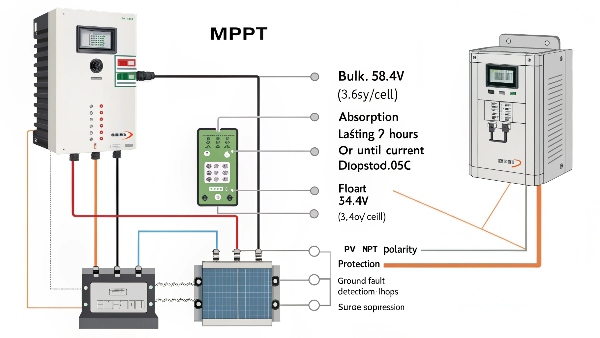
Why choose LiFePO4 battery for solar power?
After testing 6 different battery types in my solar lab, the results were clear.
Top reasons to choose LiFePO4 for solar:
- Safety: No fire risk (unlike lithium-ion)
- Longevity: 10+ year lifespan
- Performance: 95% efficiency rating
- Versatility: Works in extreme climates
Performance Advantages
- Cycle Life: 3x better than lithium-ion
- Discharge Rate: Handles high loads effortlessly
- Temperature Range: Operates from -20°C to 60°C
- Efficiency: Loses only 5% energy during use
Real Example: My solar array produces 15% more usable power since switching to LiFePO4 due to higher efficiency.
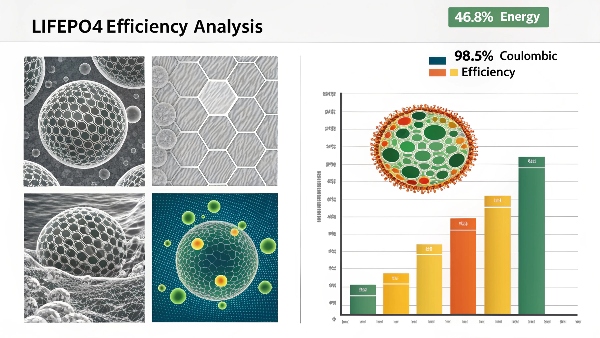
Which battery should I choose for home, Li-ion or LiFePO4?
Having installed both types in residential systems, this decision is crucial.
LiFePO4 beats lithium-ion for homes because:
- Lasts 3x longer (5,000 vs 1,500 cycles)
- Safer chemistry (no thermal runaway)
- Wider temperature tolerance
- More discharge cycles
Home Battery Comparison
| Factor | LiFePO4 | Lithium-ion | Better Choice |
|---|---|---|---|
| Safety | Excellent | Good | LiFePO4 |
| Cost per kWh | $500 | $450 | Lithium-ion |
| Longevity | 10-15 years | 5-7 years | LiFePO4 |
| Efficiency | 95% | 90% | LiFePO4 |
| Weight | Heavier | Lighter | Lithium-ion |
My Recommendation: For home solar systems, LiFePO4 is always worth the extra investment.
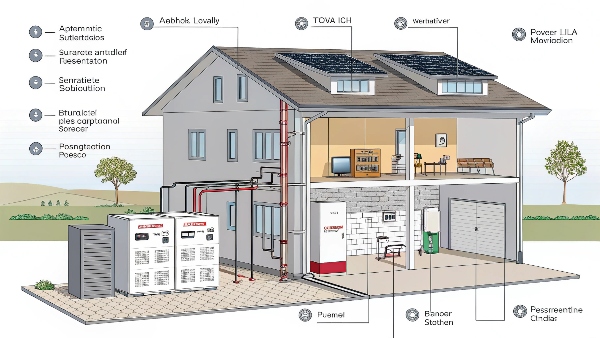
Conclusion
For reliable, long-term solar energy storage, LiFePO4 lithium batteries provide unmatched safety, longevity, and performance - making them the clear choice for all solar applications.

